We often get asked by clients what the difference is Between Extension and Torsion Springs. The fact is that even though they both are springs, the way they work is very different. However, the spring of choice does affect How The Garage Door Works and even its long-term reliability.
In this article, we’ll explore the differences between torsion and extension springs.
Table of Contents
Extension Springs
Often also called “Stretch Springs” because of the way they work. Extension springs work to offer a counterbalancing effect on the door’s weight. On the other hand, torsion springs are wound tightly around a shaft attached to the door via a cable drum, which creates a torque on the shaft.
The springs work as a counterbalance, without which it will not be possible to operate the garage door. Since garage doors weigh several hundred pounds, lifting them would be near impossible without the help of a spring.
Since Extension Springs are stretched to both ends of the counterbalance assembly; they stretch and shrink as the door opens and closes, respectively. When the components are moving apart, the extension spring pulls them together.
The extension spring is attached to the bottom of the door via a lift cable routed over a stationary pulley. The other end is terminated at the forward portion of the door. When the door closes, the cable will extend or pull the spring, which then counterbalances the weight.
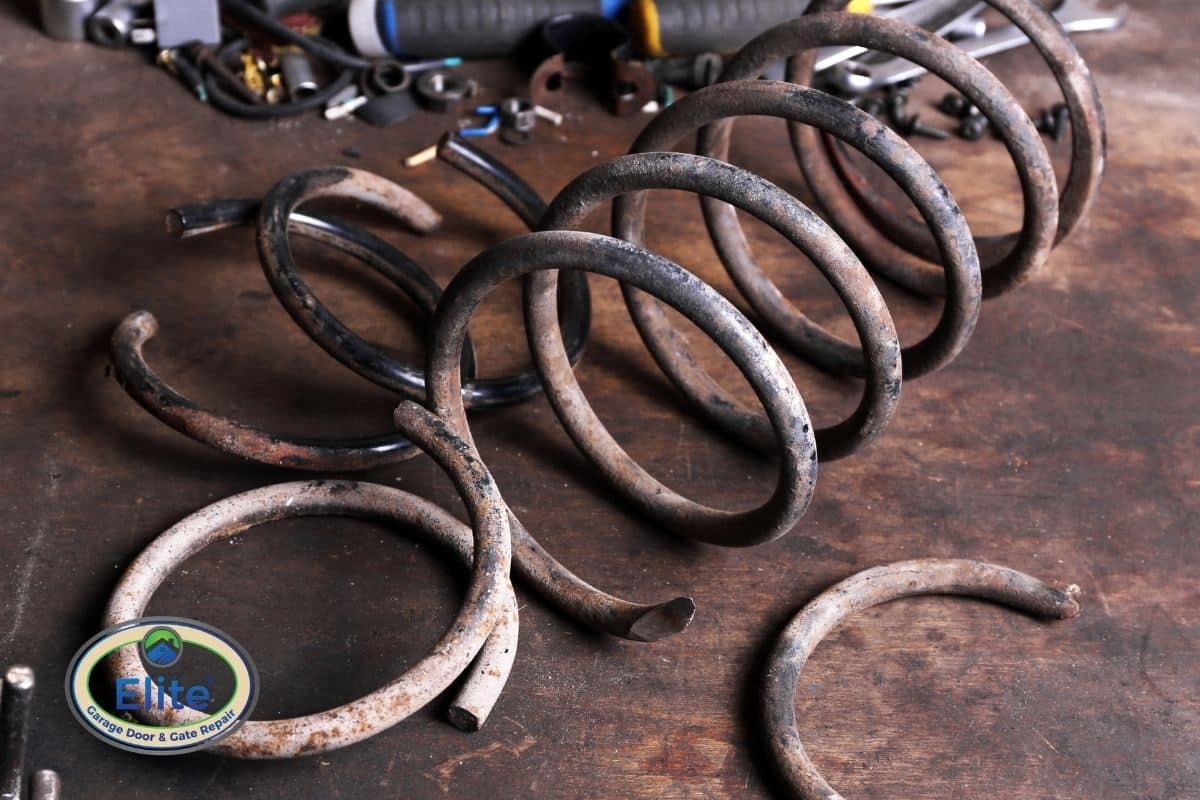
Garage Door Extension Springs
Torsion Springs
These are helical springs that exert torque or some type of rotary force. The ends from the torsion springs are attached to the other parts of the counterbalance mechanism. When the components rotate around the spring, the spring attempts to return to its original position.
The springs are often mounted on a shaft or some tube across the door. The cable drum or the spool on each end attaches to the bottom corner of the door and then to each side of the drum.
When the door moves, the spring will wind up or unwind, depending on its position. It makes handling the garage door very manageable. In fact, it is what makes it possible to build heavy metal garage doors that lift and lower without hesitation.
Torsion springs work as excellent counterbalances, and that’s why it is used where possible. Torsion springs have many other applications beyond the use in garage doors as a counterbalance. That said, their use makes garage doors easy to manage and use regardless of their weight and size.
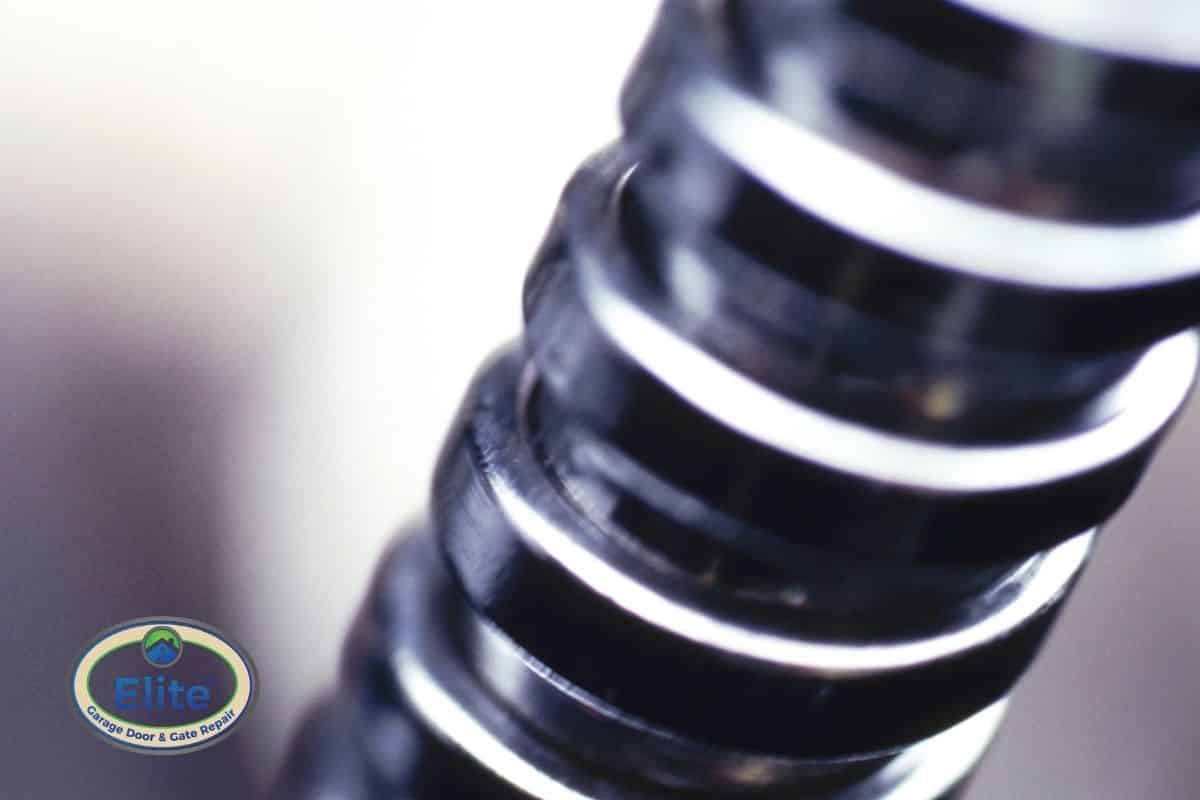
Garage Door Torsion Springs
Conclusion
Today, there are several types of Garage Door Openers. Each one comes with a slight variation of the counterbalance system. However, each one uses a series of springs or a single spring if it’s an extension spring.
The quality of the spring matters just as well as the type of spring used. That’s why it is always a good idea to replace your garage door spring with one that’s rated for the highest possible cycles.



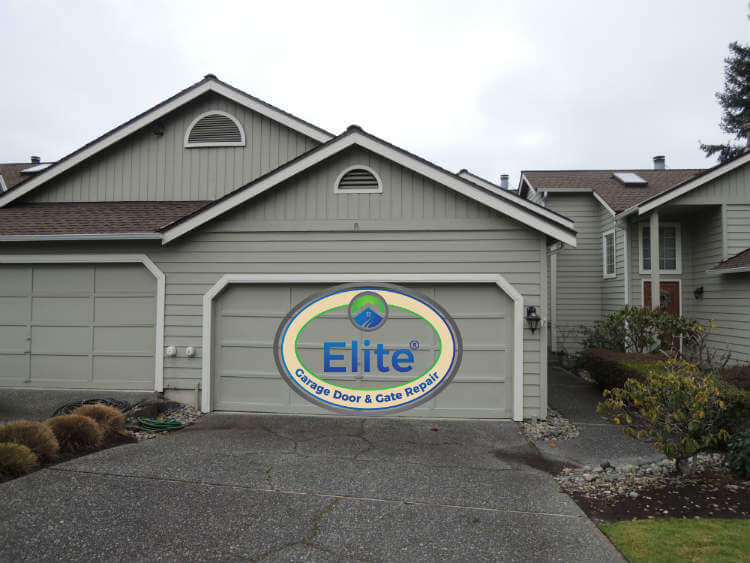
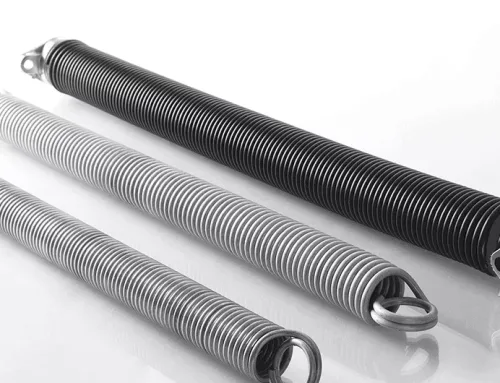

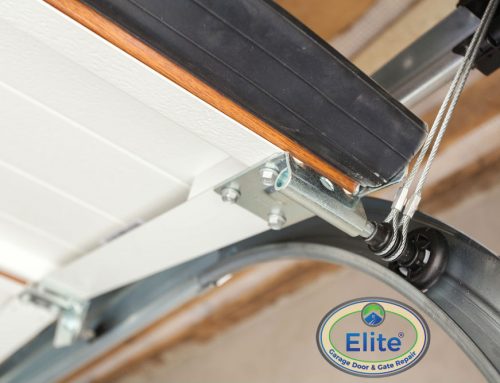
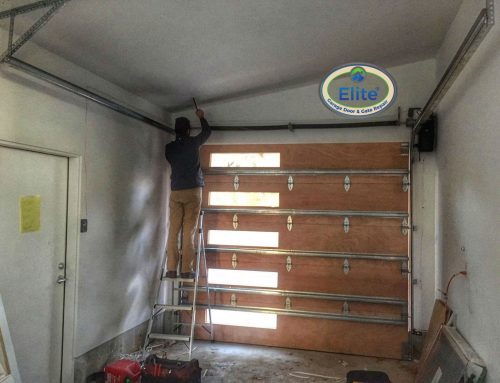


























Leave A Comment